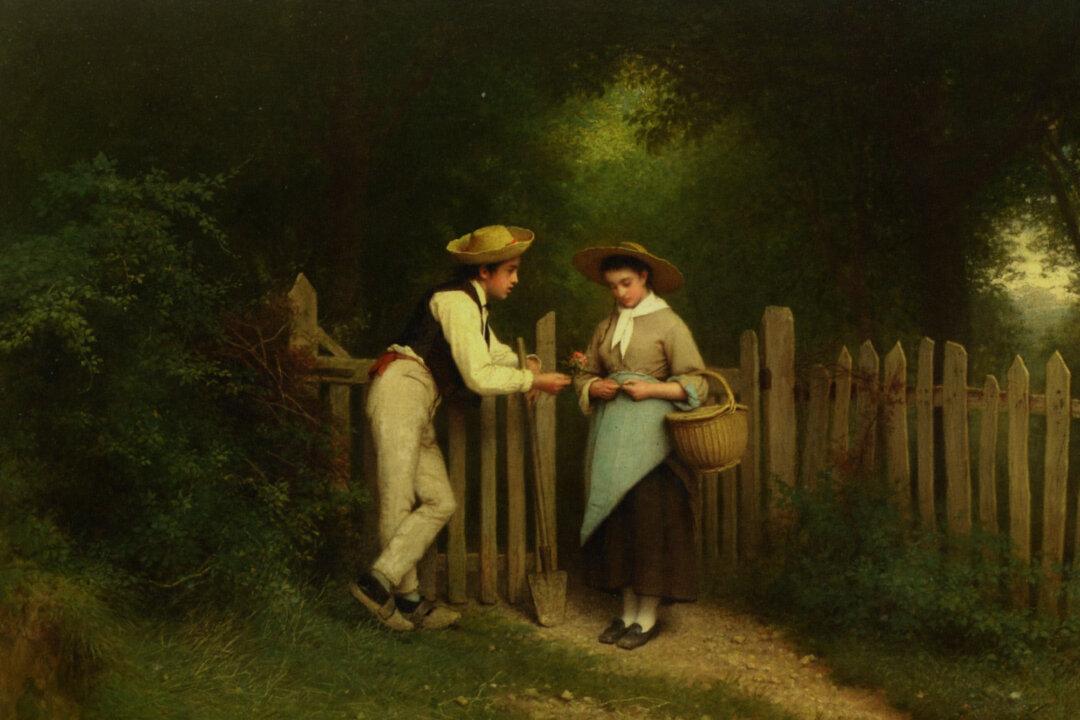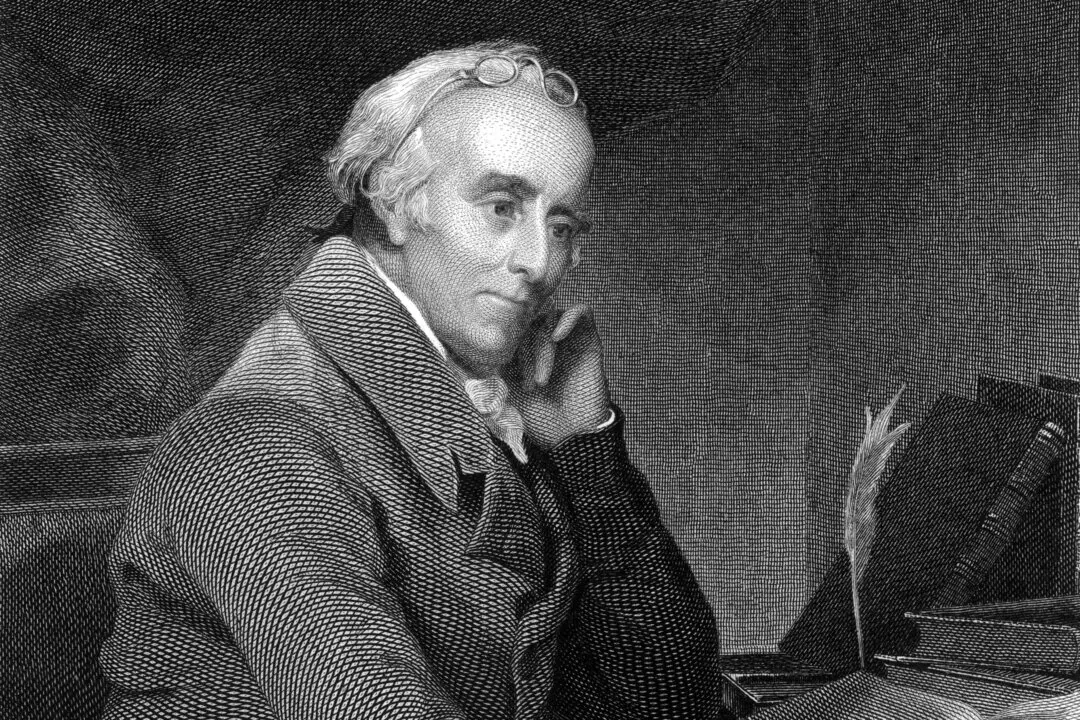Who can explain it, who can tell you why? Fools can’t explain it, wise men never try.
Those lines from “Some Enchanted Evening,” one of the numbers in Rodgers and Hammerstein’s musical “South Pacific,” are speaking of love, particularly love at first sight. But are they accurate? Can love not be explained?Let’s imagine that Sam has just returned home from a get-together with friends. While at the party, he has become smitten with a stranger, Maggie. Restless, he paces his apartment, wondering whether Maggie would consider him strange if he called her in the morning (he asked for and received her phone number) and invited her to supper for Valentine’s Day.






